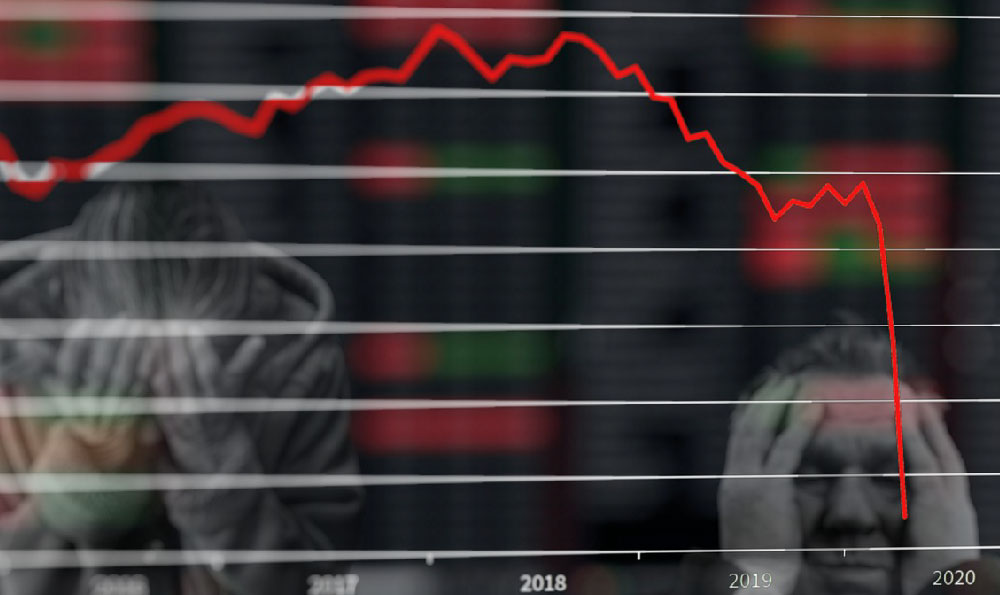Investing for quick cash is a tempting prospect, especially in an era where financial goals often clash with the desire for immediate returns. The allure of short-term gains can lead individuals to pursue high-risk strategies, but the path to financial freedom requires a deeper understanding of market dynamics, risk management, and the long-term implications of every decision. While the phrase “quick cash” might suggest an effortless route to wealth, the reality is far more nuanced. Short-term investments are not inherently inferior to long-term strategies; their value lies in how they align with an investor’s financial objectives, risk tolerance, and time horizon. However, the pursuit of rapid returns often comes with a steep learning curve and the potential for significant setbacks if not approached with caution.
The first step in evaluating short-term investment opportunities is to recognize the inherent trade-offs between speed and stability. High-yield savings accounts, for instance, offer a modest but reliable return, typically ranging from 3% to 5% annually, but their growth is limited by regulatory caps and inflation erosion. In contrast, the stock market provides avenues for quick gains through strategies like swing trading or day trading, where investors buy and sell shares within days or weeks to capitalize on price fluctuations. However, such methods demand constant monitoring, quick decision-making, and an understanding of market psychology. The volatility of stocks means that a single market downturn can wipe out profits overnight, making this approach unsuitable for risk-averse individuals. Similarly, commodities like gold or oil may offer short-term leverage, but their prices are influenced by geopolitical events, supply chain disruptions, and macroeconomic indicators, which can create unpredictable swings.
Alternative avenues such as options trading, futures contracts, or peer-to-peer (P2P) lending amplify the potential for rapid earnings but also magnify the risks. Options trading, for example, allows investors to bet on the direction of a stock’s price movement, but the expiration of options and the time decay factor mean that even small miscalculations can lead to substantial losses. Futures contracts require investors to speculate on the future price of assets, which can be influenced by a multitude of variables, making them highly sensitive to market changes. P2P lending platforms, on the other hand, enable individuals to earn interest by investing in loans to borrowers, but the credit risk associated with default rates and the lack of regulatory oversight in some cases can expose investors to unexpected losses. These products, while promising quick cash, often demand a deep understanding of financial markets and a willingness to accept volatility as part of the process.

On the other hand, certain investment vehicles offer a balance between liquidity and growth, such as Treasury bills (T-bills), money market funds, or even short-term corporate bonds. T-bills, for instance, are government-issued securities with short maturities, often ranging from a few days to a year, and provide a safe return with minimal risk. Money market funds invest in short-term financial instruments like commercial paper or certificates of deposit, offering competitive yields while maintaining high liquidity. These options are particularly appealing for investors who prioritize capital preservation over aggressive growth, as they provide a predictable return without the need for constant market analysis.
The pursuit of quick cash also raises important questions about the nature of risk itself. Short-term investments often involve higher risk than long-term strategies, as they require timing the market and navigating short-term fluctuations. For example, investing in a high-risk stock or cryptocurrency may yield exponential returns in a matter of weeks, but the same assets can lose their value dramatically if market conditions shift. This highlights the need for a diversified portfolio, where assets are spread across different sectors, geographies, and asset classes to mitigate exposure to any single risk. Diversification is not a guarantee against losses, but it can reduce the likelihood of catastrophic outcomes by balancing high-risk and low-risk assets.
Moreover, the concept of “quick cash” is often tied to the psychological aspect of investing. Many investors are motivated by the desire to see results quickly, which can lead to impulsive decisions and overconfidence. For instance, the rise of crypto markets has attracted individuals seeking rapid gains, but the volatility of these assets can create a false sense of security. It is crucial to approach short-term investments with a disciplined mindset, avoiding the temptation to chase returns based on short-term trends. A well-structured investment plan should account for market cycles, inflation rates, and the investor’s own financial goals to ensure that any gains are sustainable and not based on speculative hype.
Finally, the path to financial freedom through short-term investments is not a one-size-fits-all approach. Every investor has unique circumstances, including income levels, risk tolerance, and financial goals, which must be considered when selecting a strategy. For those with a high risk tolerance and sufficient capital, speculative investments like day trading or leveraged ETFs may be viable, but for others, safer options like high-yield savings accounts or short-term bonds are more appropriate. The key to success lies in striking a balance between ambition and caution, ensuring that investments align with both short-term needs and long-term financial aspirations.
In conclusion, while the idea of earning quick cash through investment is appealing, it requires a careful analysis of risk and reward. Short-term investments can offer attractive returns, but their success depends on the investor’s ability to navigate market fluctuations, manage emotions, and maintain a diversified approach. By understanding the nuances of these products and aligning them with personal financial goals, investors can create a strategy that not only generates quick cash but also contributes to long-term wealth creation. The journey to financial freedom is not about chasing quick wins, but about building a sustainable foundation for growth, which requires patience, discipline, and a deep understanding of the markets.












